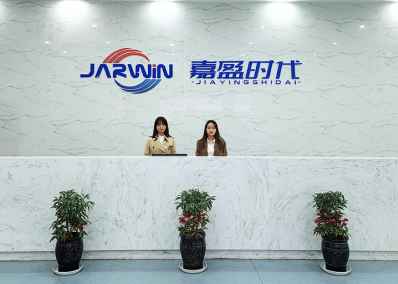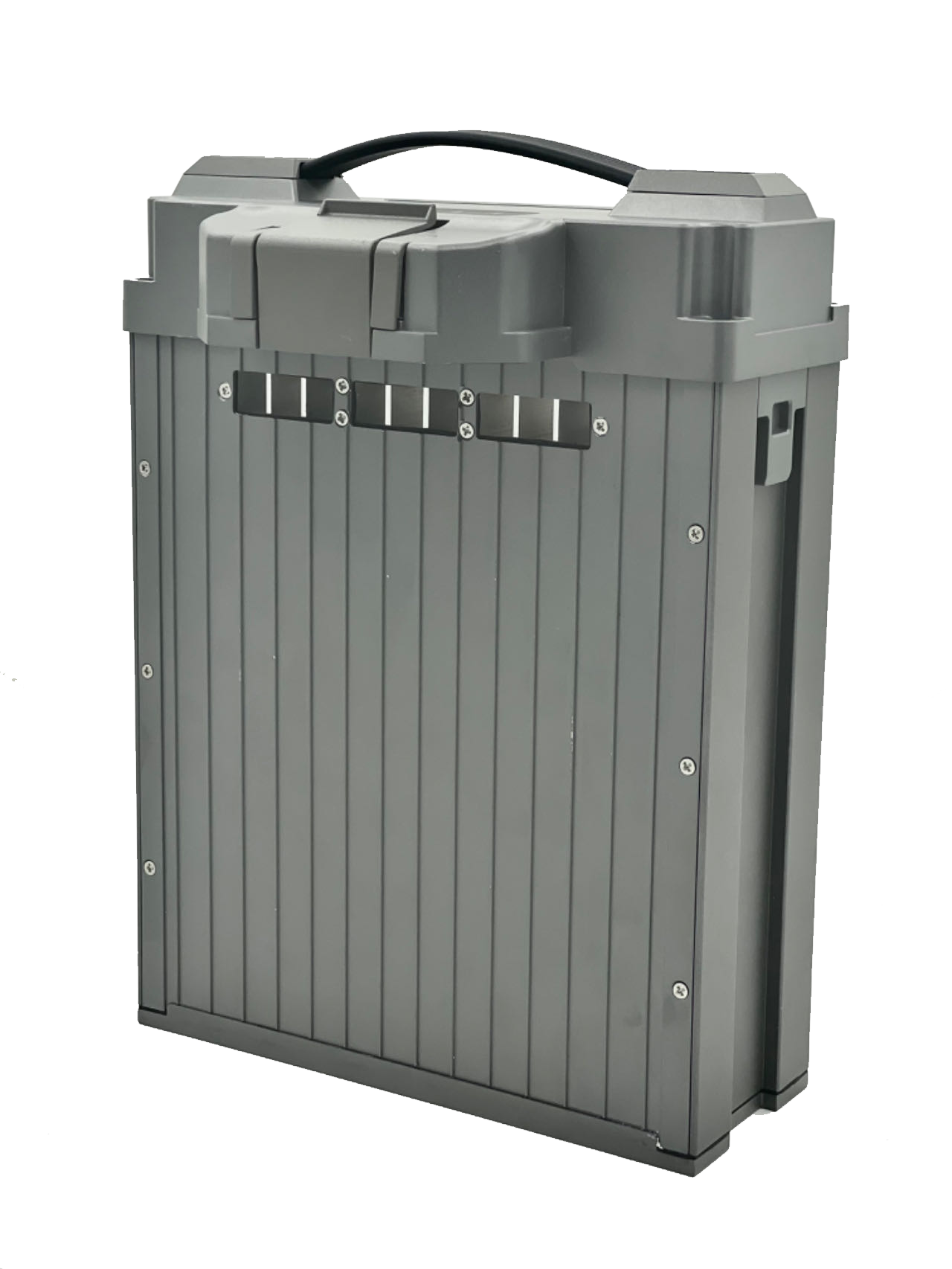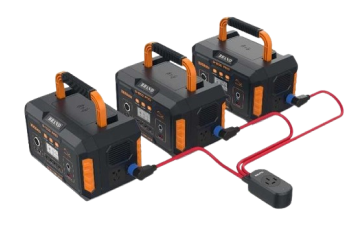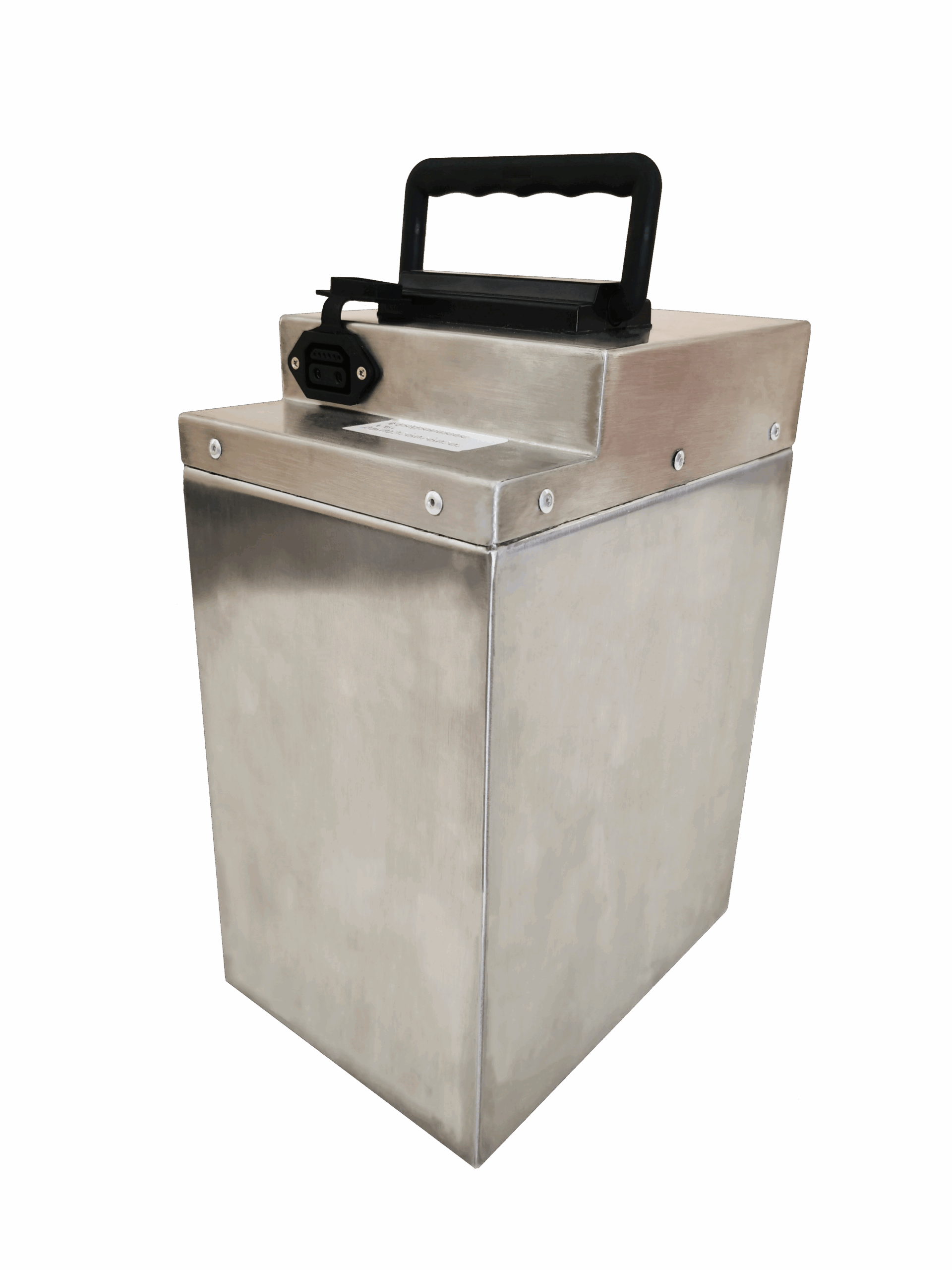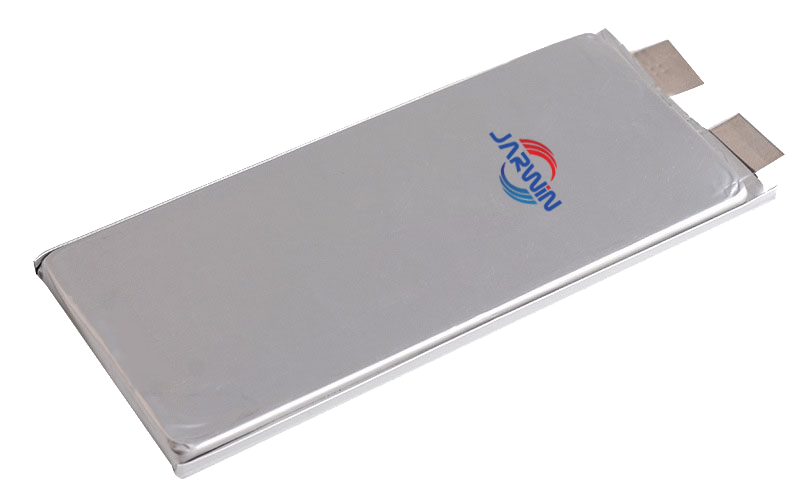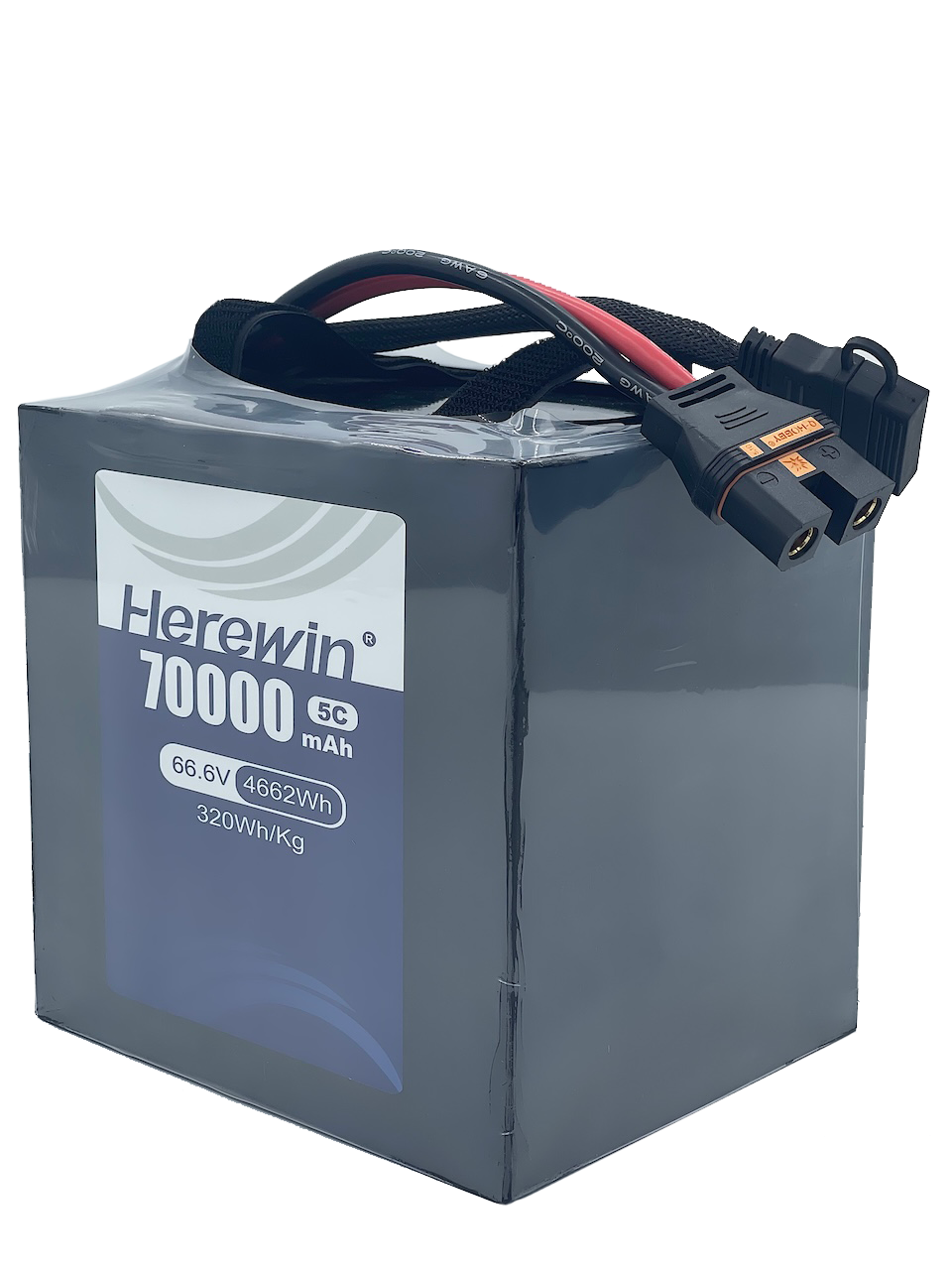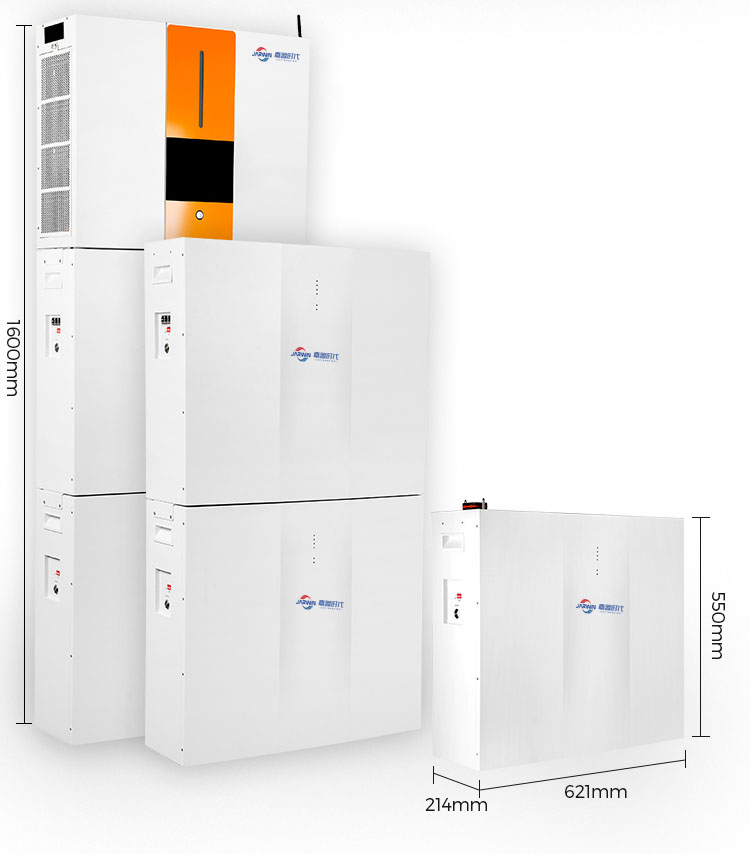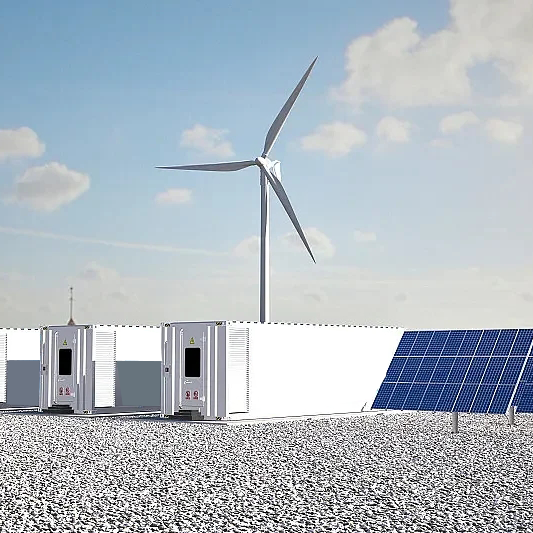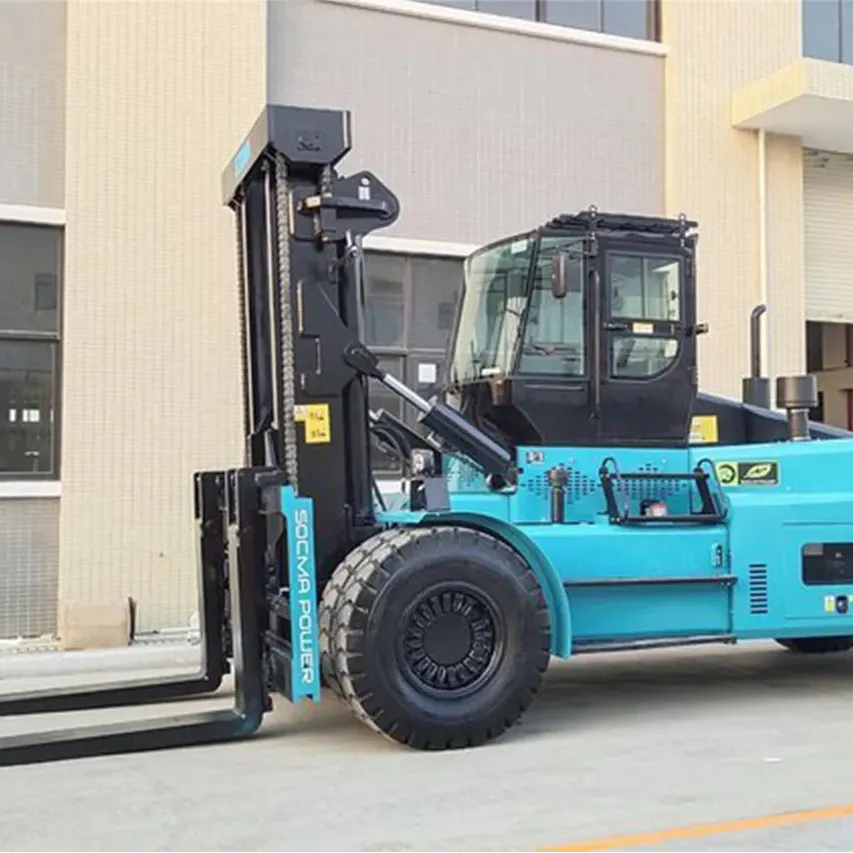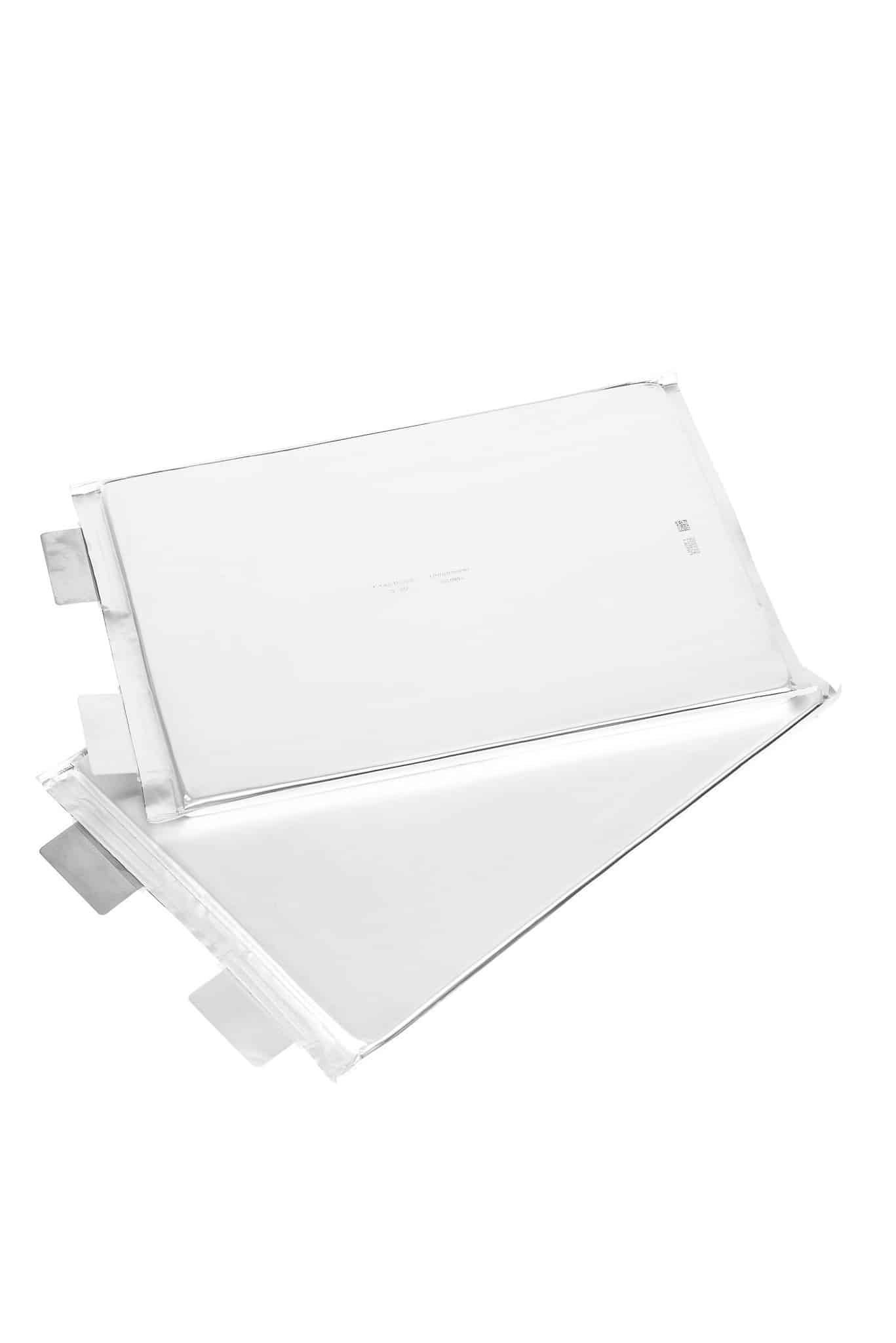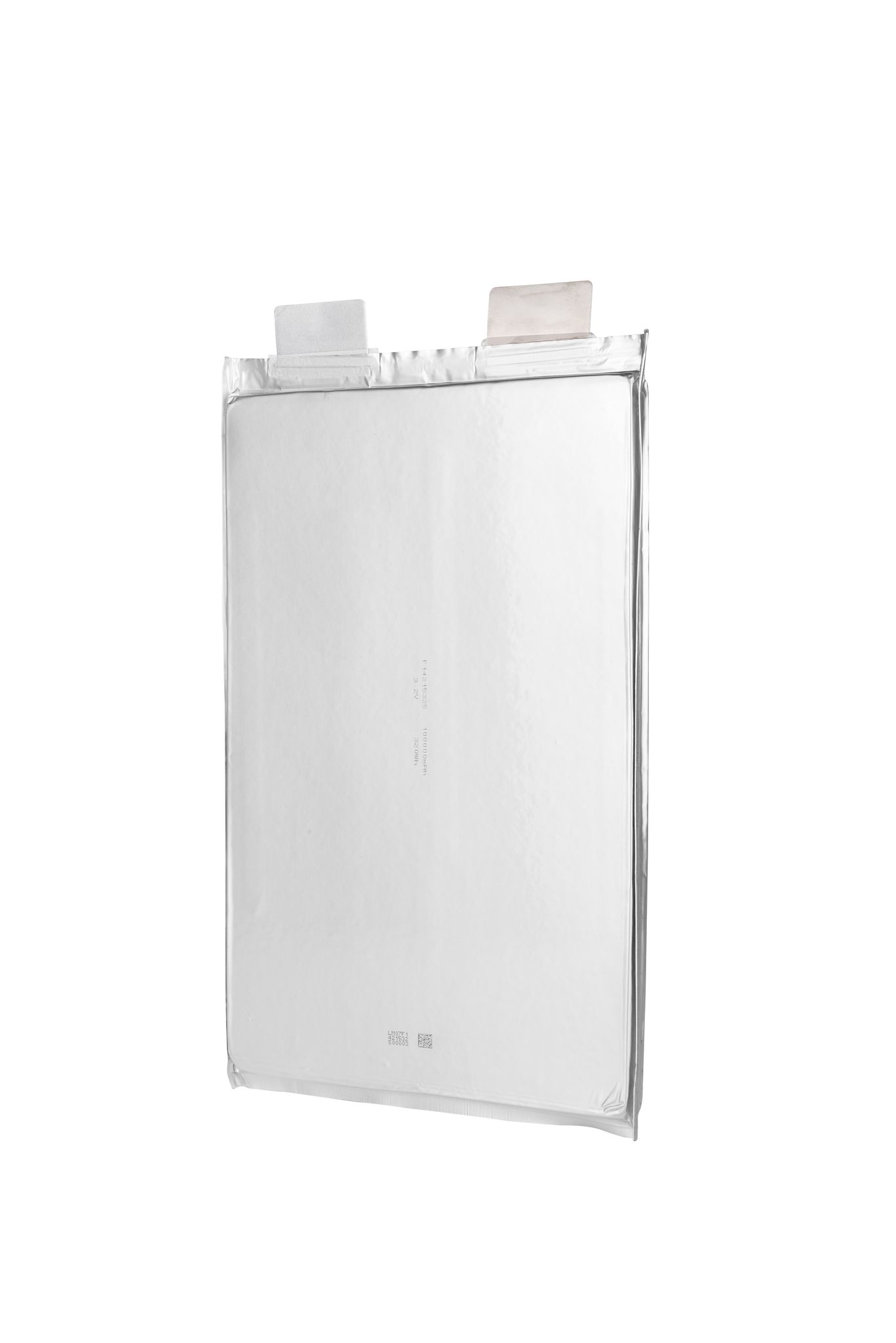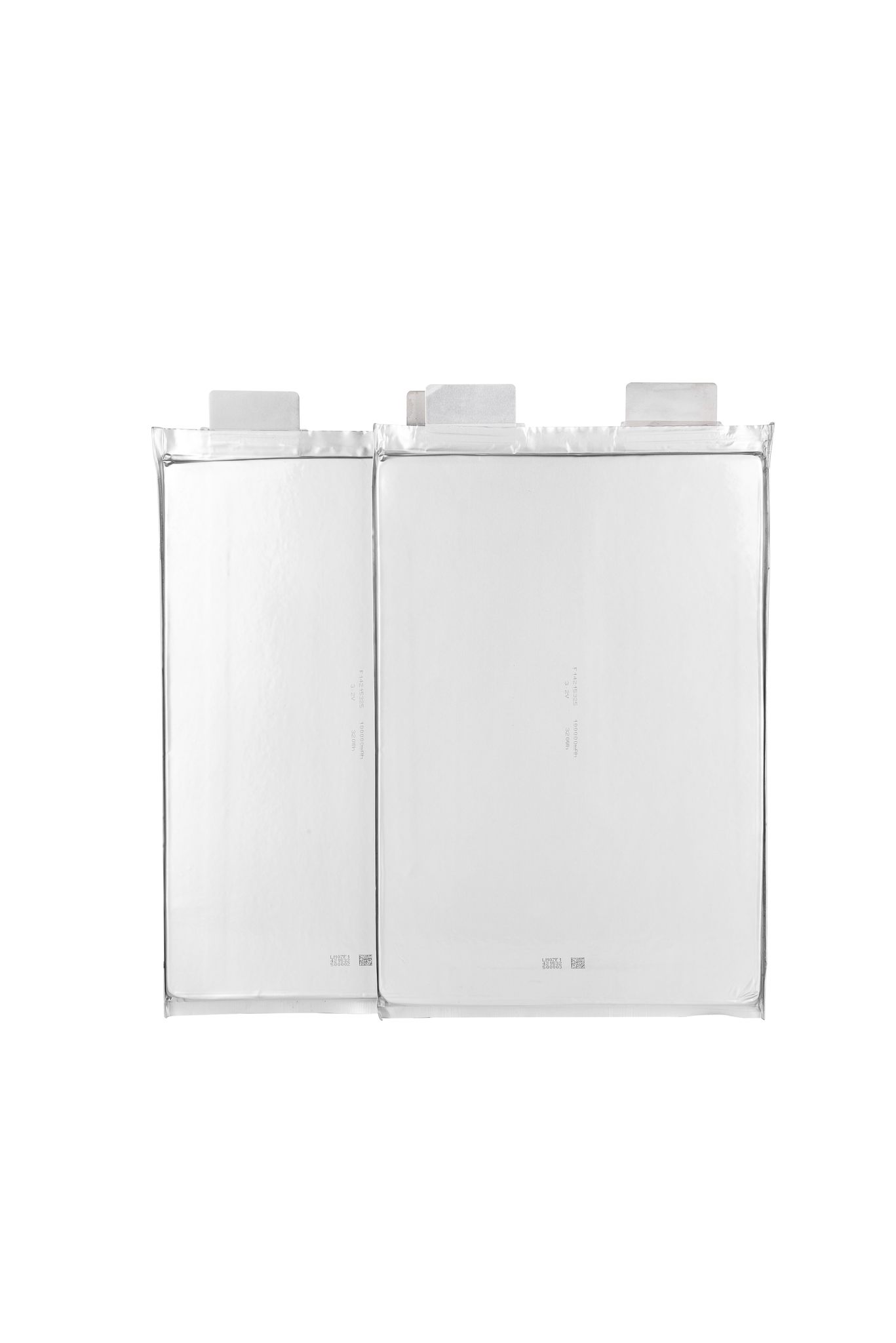Solid-state lithium batteries are poised to revolutionize energy storage. By utilizing solid materials instead of liquid electrolytes, they offer enhanced safety and higher energy storage capabilities compared to conventional batteries. This innovation is particularly crucial for electric vehicles and renewable energy storage, where safety and performance are paramount. The market potential underscores the significance of this shift, with projections indicating that the solid-state battery market could reach $1.5 billion by 2025, growing at an impressive annual rate of 33.1%. This rapid growth highlights how advancements in research are unlocking new possibilities. The year 2025 marks a pivotal moment as new materials and improved production techniques converge, driving widespread adoption of these batteries. Companies like herewin, recognized for their Semi-solid State Battery technology, are playing a key role in shaping this transformative future.
Key Takeaways
-
Solid-state lithium batteries use solid parts, making them safer and better at storing energy than regular batteries.
-
The market for these batteries might grow to $1.5 billion by 2025, increasing by 33.1% each year.
-
Sulfide-based electrolytes help ions move faster, allowing quicker charging and longer battery life.
-
Making solid-state batteries is hard and expensive, but new methods may make them cheaper soon.
-
Hybrid solid-state batteries mix solid and liquid parts, making them safer, flexible, and less costly.
-
Companies like Herewin are creating semi-solid batteries that are safer and work better.
-
Schools and businesses working together are important for speeding up battery research and development.
-
Governments help by giving money and making rules to support clean energy projects.
Current State of Solid-State Battery Technology
The origins and history of solid-state batteries
The origins and history of solid-state batteries
Solid-state batteries started with Alessandro Volta’s voltaic pile in the 1700s. This invention was the first step toward modern batteries. Later, lead-acid and nickel-cadmium batteries were developed. These led to lithium-ion batteries, which became popular in the 1900s. Solid-state batteries were created to fix problems with lithium-ion batteries. They use solid materials instead of liquid ones for better safety and energy storage. Electric cars and renewable energy needs have sped up their development. Today, they are a major focus for scientists and engineers.
Current state of solid-state batteries on the market
Solid-state batteries are not widely sold yet. Companies like Toyota and QuantumScape are making progress. Toyota plans to show a car with these batteries by the mid-2020s. These batteries store more energy and are safer than older ones. They are great for electric cars and other high-energy uses. But making them cheaply and in large amounts is still hard. Universities, companies, and governments are working together to solve these problems. China and the U.S. lead in research and patents for solid-state batteries. Many new patents show strong interest in making these batteries work for everyone.
Key Features of Solid-State Batteries
Advantages over conventional lithium-ion batteries
Solid-state batteries are safer than lithium-ion ones. They use solid electrolytes, which lower fire risks. They can store more energy, lasting longer and working harder. Some can hold 400-500 Wh/kg, much more than lithium-ion batteries. Their simple design makes them good for electric cars and space tech.
|
Feature |
Solid-State Batteries |
Conventional Lithium-Ion Batteries |
|---|---|---|
|
Safety |
Better |
Okay |
|
Energy Density |
Higher potential |
Standard |
|
Manufacturing Challenges |
Harder to make |
Easier to produce |
Role of lithium in solid-state battery innovation
Lithium is key to solid-state batteries. It is light and reacts well, storing lots of energy. Lithium metal is often used as the anode, boosting storage capacity. It works well with solid electrolytes, improving safety and performance. Scientists are testing new materials to make lithium work even better. This helps solid-state batteries meet the needs of electric cars and green energy systems.
Challenges in Research and Development
Ion movement through solid electrolytes
Solid electrolytes make it harder for ions to move. This slows down battery performance. Scientists are creating new materials like sulfides, ceramics, and polymers. These improve ion movement while keeping batteries safe. Experiments and computer models help researchers find the best materials. This work is making batteries faster and more efficient.
Manufacturing scalability and cost concerns
Making solid-state batteries is expensive and tricky. The process is harder than making lithium-ion batteries. Techniques like chemical vapor deposition (CVD) cost more money. Schools, companies, and governments are teaming up to lower costs. Machine learning helps predict how materials will behave. This helps factories improve production methods. Solving these problems will make solid-state batteries affordable for everyone.
Recent Advancements in Solid-State Battery Research
Innovations in Solid Electrolyte Materials
Sulfide-based electrolytes and their impact
Sulfide electrolytes are improving how batteries work. They help lithium ions move faster, making batteries charge quicker. These materials also make batteries last longer. Sulfides work well with lithium metal anodes, storing more energy. They lower internal resistance, making batteries more dependable. This progress helps solid-state batteries meet the needs of electric cars and green energy.
Ceramic and polymer electrolytes in battery design
Ceramic and polymer electrolytes have special benefits. Ceramics stay stable in hot or cold conditions. Polymers are light and bendable, making smaller batteries possible. Both types make batteries safer by lowering fire risks. Tests show ceramics work well from -30°C to 100°C. Polymers are easier to make, which could cut costs. These improvements help create better and safer batteries.
Breakthroughs in Battery Architecture
Thin-film solid-state batteries
Thin-film batteries are changing how batteries are built. They use thin layers to store energy, making them lighter. These batteries last longer and weigh less. Thin-film designs can store up to 500 Wh/kg of energy. This makes them great for electric cars and small gadgets. Scientists use nanostructures to improve performance, but careful design is needed to avoid problems.
|
Modification Technique |
Benefits |
Challenges |
|---|---|---|
|
Boosts performance by increasing surface area |
May cause unwanted reactions |
|
|
Nanocomposite Designs |
Improves conductivity and reduces side effects |
Needs precise planning |
Integration of lithium metal anodes
Lithium metal anodes are improving batteries. They store more energy than older materials, making batteries last longer. Lithium metal works well with solid electrolytes, stopping harmful dendrites. These anodes help batteries keep 90% power after 1,000 uses. Combining lithium metal with new designs creates batteries that can last over 15 years.
Safety Improvements
Reduction of thermal runaway risks
Solid-state batteries are safer than older ones. They use solid electrolytes, which lower overheating and fire risks. Studies show they are ten times less likely to fail. Solid-state batteries are reliable even under stress. This makes them a good choice for electric cars and other important uses.
Advances in non-flammable materials
Non-flammable materials make batteries safer. Solid electrolytes don’t release harmful gases like liquid ones. This lowers explosion risks and protects the environment. New materials stay stable in heat, keeping batteries working well. These changes make solid-state batteries safer for cars, electronics, and green energy systems.
Expected Developments by 2025
Material Science Breakthroughs
Better fit with lithium metal anodes
Big improvements are coming for lithium metal anodes. A thin layer, just 100 nanometers thick, can slow lithium ions. Fixing this will make batteries last longer and work better. Garnet-type electrolytes like LLZO are stable but have weight and strength issues. Scientists are testing new materials like Li1.25La0.58Nb2O6F. These materials are safer and store more energy. They are perfect for electric cars and green energy.
“LLZO is stable but has weight and strength problems.” – Eric Jianfeng Cheng, Tohoku University
Finding new solid electrolyte materials
Scientists are still searching for better solid electrolytes. Ceramic ones are being developed, while polymer ones are already sold. By 2025, hybrid systems combining ceramics and polymers may appear. These will solve problems like high costs and low energy storage in early batteries. Companies like Toyota are leading this effort to make batteries better and more common.
|
Aspect |
Details |
|---|---|
|
Current Status |
|
|
Development Phase |
Ceramic-based batteries are still being worked on. |
|
Future Projections |
Early batteries may store less energy but will improve. |
|
Key Players |
Toyota is helping lead material improvements. |
|
Market Acceptance |
Hybrid batteries may be a step toward full solid-state ones. |
|
Challenges |
High costs make adoption harder. |
|
Expected Breakthroughs by 2025 |
Better polymer and hybrid batteries are expected. |
Commercialization and Industry Impact
Making production ready for large-scale use
Making solid-state batteries in large amounts is still hard. Methods like chemical vapor deposition (CVD) cost a lot and are tricky. By 2025, factories will use better ways to lower costs and save time. Machine learning will help predict how materials act, improving production. These changes will make batteries cheaper for cars and gadgets.
Use in electric cars and electronics
Solid-state batteries will change cars and electronics. They store more energy and are safer, making them great for electric cars. Cars will go farther and charge faster. Electronics will get smaller, lighter batteries that last longer. Companies like Toyota, BMW, and QuantumScape are working hard to bring these batteries to market. By 2029, the market could grow to $1.7 billion, with a yearly growth rate of 36.7%.
|
Year |
Projected Market Size |
CAGR (%) |
|---|---|---|
|
2029 |
$1.7 billion |
36.7 |
Role of Brands like Herewin
How Herewin helps solid-state battery progress
Herewin is leading in solid-state battery research. They make safe, high-energy batteries. They solve problems like lithium dendrites and hard manufacturing. Their semi-solid state technology makes them a top company. Herewin also supports green energy and cleaner tech.
Using semi-solid state battery technology
Semi-solid state batteries are a step between old and new systems. Herewin’s batteries mix solid safety with liquid flexibility. This lowers costs but keeps energy storage high. These batteries are used in cars, drones, and more. Herewin is helping solid-state batteries become more common.
Industry Trends and Collaborations
Partnerships Driving Innovation
Collaborations between academia and industry
Why do schools and companies work together on solid-state battery research? Schools are great at finding new ideas. Companies know how to turn ideas into real products. When they team up, big improvements happen.
For example, Stanford, MIT, Berkeley Lab, and Hummingbird Scientific studied how lithium ions move during charging. They used special tools to see the process closely. They found that charging happens unevenly. This discovery could help make better batteries. These partnerships speed up progress and improve battery designs.
Big companies like LG Chem and Factorial Inc. are also teaming up. They want to make solid-state batteries faster and cheaper. In North America, the market is growing quickly at 55.6% each year. These partnerships help the region lead in battery technology.
💡 Tip: Teamwork between schools and companies solves problems faster and better.
Funding and investment trends in solid-state batteries
Why is money important for solid-state battery research? Making these batteries costs a lot. Money is needed for research and building factories. Governments, investors, and companies are helping fund this work.
Recently, funding has grown, especially in North America and Asia. Companies are spending more to stay ahead in the battery race. Wendy Zhou from Umicore said schools and companies are working together to make progress. This teamwork helps new ideas become real products faster.
Investments also support new tools to study battery materials. These tools help improve safety, energy storage, and battery life. With strong funding, the future of solid-state batteries looks promising.
Government Policies Supporting Development
Incentives for clean energy technologies
Why do governments give rewards for clean energy projects? Clean energy, like advanced batteries, helps lower pollution. Governments want to support these ideas with money and programs.
In the U.S., the Bipartisan Infrastructure Law funds battery production. It helps make parts like anodes and cathodes. This support helps the U.S. lead in clean energy.
Governments also encourage recycling old EV batteries for other uses. Recycling cuts waste and helps the environment. These policies make it easier for companies to invest in solid-state battery technology.
Regulatory frameworks for battery innovation
Why are rules important for new batteries? Good rules help new ideas enter the market safely. For solid-state batteries, this is key because they are different from older batteries.
Governments are setting rules for safety, performance, and environmental impact. These rules build trust and help people use new batteries. For example, faster approval processes can bring new designs to market sooner.
By making rules that fit industry needs, governments support and push innovation. This teamwork helps solid-state batteries meet the demand for better energy storage solutions.
Challenges to Overcome by 2025
Technical Barriers in Solid-State Batteries
Making ion movement faster
Why is ion movement important? It affects how fast batteries charge. Solid electrolytes are safer but slow down lithium ions. This limits charging speed and energy output. Scientists are testing materials like sulfides and ceramics to fix this. Sulfides are stable and let ions move quickly. But they don’t always work well in all conditions.
A study shows these key problems:
|
Problem |
Details |
|---|---|
|
Energy Storage |
Batteries aim to store 400-450 watt-hours per kilogram by 2025. |
|
Mass Production |
New methods are needed to make batteries on a large scale. |
|
Easier Manufacturing |
Removing carbon from anodes can stop unwanted reactions. |
|
Electrolyte Stability |
Sulfide-based electrolytes are getting more stable over time. |
Fixing ion movement will help batteries charge faster and store more energy.
Stopping dendrites from forming
What are dendrites? They are tiny spikes that grow during charging. Dendrites can break the battery and cause short circuits. Even solid-state batteries can have this problem.
To stop dendrites, scientists are adding protective layers and better materials. Garnet-type electrolytes like LLZO are strong against dendrites. But they can be brittle and cost a lot to make. By improving how lithium metal works with solid electrolytes, researchers hope to make safer, longer-lasting batteries.
Economic and Market Challenges
Competing with lithium-ion batteries
Why is it hard to compete with lithium-ion batteries? They are cheaper and easier to make. Solid-state batteries are safer and store more energy but cost more.
Big companies like QuantumScape and Toyota are working to improve solid-state batteries. They spend a lot on research to catch up with lithium-ion technology. But high costs for materials and production are still a problem.
Here’s what’s happening in the market:
-
Companies are trying to make batteries cheaper and better.
-
Partnerships, like those with Bosch and Solid Power, speed up progress.
-
More money is being spent on research to solve these issues.
Making batteries affordable
Why does price matter? People won’t buy expensive batteries. Solid-state batteries cost more because of pricey materials and hard production methods.
To lower costs, factories are making more batteries and improving supply chains. Semi-solid state batteries, like Herewin’s, mix solid safety with liquid flexibility. These batteries are cheaper but still perform well. This makes them a good choice for electric cars and gadgets.
The Future Beyond 2025
Long-Term Potential of Solid-State Batteries
Role in achieving global energy transition goals
Solid-state batteries can help create a cleaner energy future. They use solid electrolytes, which make them safer by stopping leaks. These batteries are less likely to catch fire, making them reliable for storage. They also need fewer rare materials, supporting green energy goals. Solid-state batteries store more energy, helping electric cars drive farther. This makes them important for renewable energy and electric transportation.
Governments and industries aim to cut carbon emissions. Solid-state batteries can power electric cars and renewable systems better. They store lots of energy, balancing solar and wind supply with demand. These batteries could lead to homes, cars, and factories running on clean energy without breaks.
Integration with renewable energy systems
Renewable energy needs good storage to work well. Solid-state batteries can store extra energy from solar panels or wind turbines. This stored energy can be used when the sun isn’t shining or the wind stops. Adding solid-state batteries to energy grids ensures steady power.
These batteries are also better for the environment. They use fewer harmful materials, making them greener. As renewable energy grows, solid-state batteries will help build strong and eco-friendly energy systems.
Emerging Technologies in Energy Storage
Hybrid solid-state battery systems
Hybrid solid-state batteries mix solid and liquid electrolytes. They are safe and store lots of energy, like solid-state batteries. But they are also flexible and cheaper, like liquid systems. These batteries are great for electric cars and gadgets where cost and performance matter.
Scientists are working to make hybrid systems even better. They are testing new materials to improve battery life and efficiency. Hybrid batteries could lead to fully solid-state ones, bringing safer and smarter energy storage closer.
Exploration of alternative chemistries
Scientists are looking for new ways to store energy. They are studying lithium-air and metal-air batteries. These batteries could store as much energy as gasoline, changing transportation and energy grids. They might power electric planes or help balance renewable energy.
Researchers are also finding ways to lower costs and boost performance. They are creating materials that store more energy and last longer. As renewable energy gets cheaper, better storage will be needed. New chemistries could make energy storage more efficient, affordable, and eco-friendly.
💡 Note: Electric systems are replacing fuel engines, pushing battery innovation forward. These new ideas will shape the future of energy and transportation.
Solid-state batteries are changing how energy is stored. They are safer and can hold more energy than older batteries. New materials and designs are making them easier to use. By 2025, better production methods will make these batteries cheaper and more common.
Companies like Herewin are solving big problems with solid-state batteries. They use semi-solid state technology to make safer and stronger batteries. These batteries are great for electric cars and green energy systems.
Teamwork and research are still very important. Studies show progress in solid electrolytes and fixing material problems. The market for solid-state batteries could grow by over 118% each year until 2035.
|
Feature |
Information |
|---|---|
|
New Technology |
Advanced solid-state battery materials, including inorganic, organic, and mixed electrolytes. |
|
Current Problems |
Hard-to-make materials and keeping them stable, especially for mixed electrolytes. |
|
Future Predictions |
Global production of solid-state batteries will grow fast, with a market size possibly reaching over 42 billion euros by 2035. |
Supporting clean energy ideas will help solid-state batteries reach their full potential.
FAQ
Why are solid-state batteries safer than lithium-ion batteries?
Solid-state batteries use solid electrolytes instead of liquid ones. Solid materials don’t leak or catch fire easily. This makes them safer for electric cars and other devices needing high energy.
Why do solid-state batteries store more energy?
They use lithium metal anodes, which hold more energy than graphite. This helps them reach up to 500 Wh/kg, making them great for long-lasting devices.
Why is making solid-state batteries hard?
Making these batteries needs special methods like chemical vapor deposition (CVD). These processes are costly and need precise control. Scientists are working to make production easier and cheaper.
Why are sulfide-based electrolytes important?
Sulfides help lithium ions move faster, speeding up charging. They also work well with lithium metal anodes, storing more energy. This makes sulfides a key part of battery improvements.
Why do solid-state batteries cost more?
They use advanced materials and tough production methods, raising costs. Improving factories and supply chains will help lower prices over time.
Why are hybrid solid-state batteries popular?
Hybrids mix solid safety with liquid flexibility. They cost less but still perform well. This makes them a good step toward fully solid-state batteries.
Why is Herewin important in battery innovation?
Herewin solves problems like lithium dendrites and tough production. Their semi-solid state batteries are safe and powerful, making them a leader in the field.
Why do governments support solid-state batteries?
Governments want cleaner energy and fewer emissions. They fund research and production to improve batteries for electric cars and renewable energy.
💡 Tip: Keep an eye on solid-state batteries. They might power your next car or gadget!
See Also
Evaluating Soft Pack Versus Cylindrical Batteries For Drones
Selecting The Right Manufacturer For Your Drone Battery

